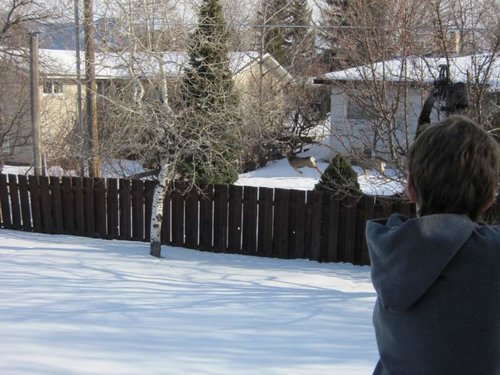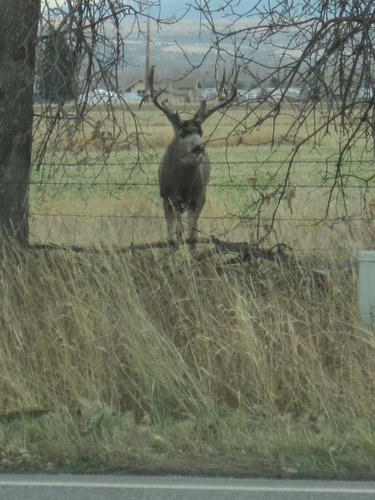Frequently Banned Troll
Well-known member
JLS/Lawnboy - regarding posts way back. Bart, I did hunt the bridgers in the late 80s. And honestly, I've had better hunts this year, last year, and going back many years in many different MT places, than I did in the Bridgers back then. Just my own days.. not any data to back that. I haven't actually hunted for deer there since it's went to permit. It snowed really hard a few years back the day after season closed and I spent 3 mornings just driving the west base of the mountains glassing. Not impressed, but I did see one enourmous typical, just above the Howes place that was a true 190+ heavy giant. It's too small of a range and too many people/houses around to really expect it to be a giant buck mecca, unless they restrict permits to next to nothing.
As for the Gravellies, take a look at the hunting pressure these days and going back even 10-20 years. Good God. Rocket science isn't required there.
Biggest buck I saw this year was while scouting MT goats. No deer hunters. I looked in that area for 4-5 full days and couldn't find him, though I saw lots of deer tracks (circling my tent no less while I was out hunting) - into November. Tough hunting. He was a 180+ no doubt. I saw another 180+ in Billings this year, corner of Shilo and Central. I also had 4 mule deer in my backyard today.. and yes, I'm in the center of town.
I also had 4 mule deer in my backyard today.. and yes, I'm in the center of town.
I was hunting mule deer in Montana and it was great. I can't wait until the guys that want to glass bucks from the trucks like in the good old days want to close the season or go special draw everywhere. It's just a matter of time.
As for the Gravellies, take a look at the hunting pressure these days and going back even 10-20 years. Good God. Rocket science isn't required there.
Biggest buck I saw this year was while scouting MT goats. No deer hunters. I looked in that area for 4-5 full days and couldn't find him, though I saw lots of deer tracks (circling my tent no less while I was out hunting) - into November. Tough hunting. He was a 180+ no doubt. I saw another 180+ in Billings this year, corner of Shilo and Central.
I was hunting mule deer in Montana and it was great. I can't wait until the guys that want to glass bucks from the trucks like in the good old days want to close the season or go special draw everywhere. It's just a matter of time.







